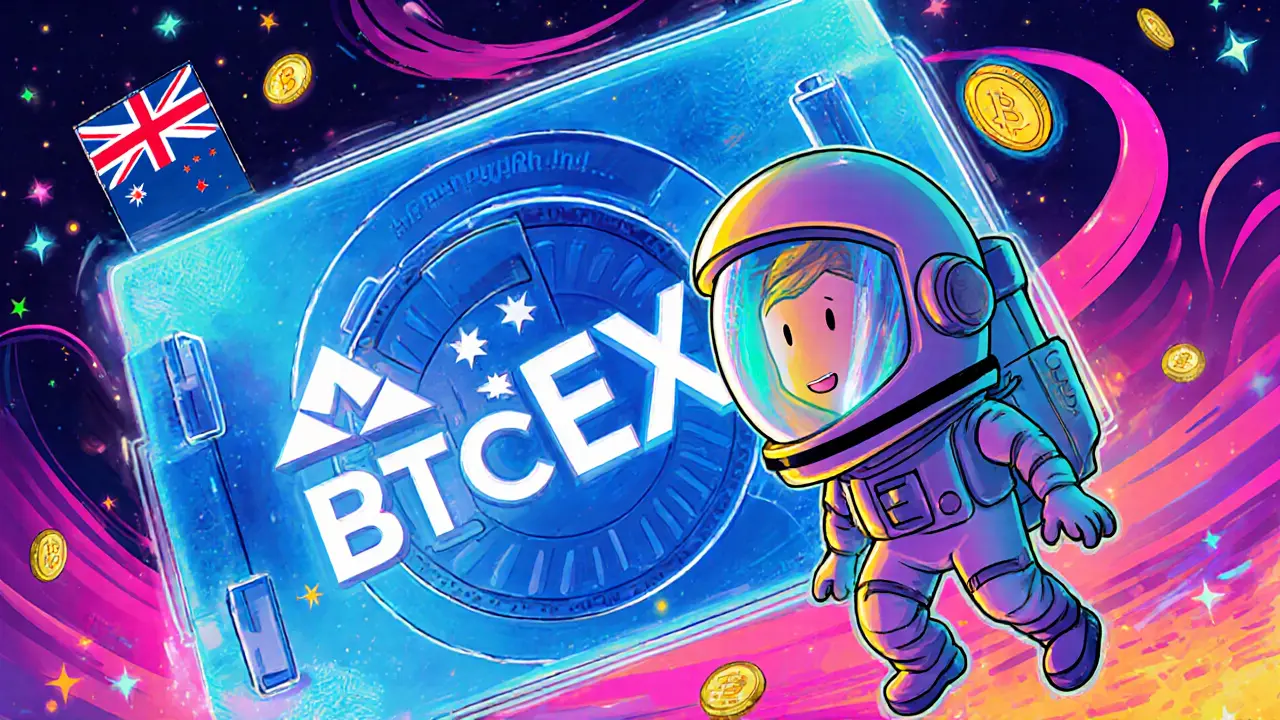BTCEXA Fees – Why They Matter for Traders
When working with BTCEXA fees, the cost structure charged by the BTCEXA cryptocurrency exchange for deposits, trades, and withdrawals. Also known as BTCEXA fee schedule, it directly impacts your net profits and influences how you compare platforms. Trading fee, the percentage taken on each executed trade is the first piece of the puzzle. BTCEXA applies a maker‑taker model, where makers pay a lower rate and takers a slightly higher one. Withdrawal fee, a flat or percentage charge for moving assets off the exchange can vary by coin, and BTCEXA often offers discounts for higher‑volume users. Deposit fee, any cost incurred when adding funds to your account is usually zero for most crypto deposits but can appear for fiat on‑ramps. Understanding these three components lets you calculate the true cost of a trade, which is essential because BTCEXA fees encompass deposit, trading, and withdrawal costs in a single framework. Accurate fee comparison requires knowing the tiered structure, as the exchange lowers rates when you hit certain 30‑day volume thresholds, a factor that many traders overlook. Lower withdrawal fees also influence where you move funds after a profit run, making fee‑aware planning a core part of any strategy.
Key Components of BTCEXA’s Fee Structure
BTCEXA’s fee tier system, a schedule that rewards higher monthly trading volume with reduced percentages works on a sliding scale: under 1 BTC daily volume you pay the base rate, while crossing 10 BTC daily drops the maker fee by half. This tiered approach means that active traders can shave off a notable chunk of their expenses without negotiating anything. The exchange also offers discount programs, rebates for using the native BTCEXA token to cover fees, which effectively lower the out‑of‑pocket cost by a few basis points per trade. For those who primarily move stablecoins, the withdrawal fee schedule, flat fees that differ between USD‑pegged assets and higher‑value tokens like BTC becomes a deciding factor; BTCEXA charges a $5 flat fee for USDT withdrawals but only $0.0005 for Bitcoin, reflecting network congestion and internal cost recovery. Deposits, on the other hand, remain free for most major cryptocurrencies, but fiat deposit routes via credit card or bank transfer incur a 1.5 % fee, which can add up for large positions. By mapping each of these elements, you can build a clear picture of how BTCEXA’s fee ecosystem influences overall profitability.
Armed with this breakdown, you’ll see why the fee landscape matters more than the headline percentages. When you stack the maker‑taker rates, tier discounts, token rebates, and withdrawal charges, the effective cost per trade can differ dramatically from the advertised numbers. This is why many traders run a brief fee comparison, a side‑by‑side analysis of multiple exchanges’ total cost structures before committing capital. In the collection below you’ll find deep dives into specific exchanges, a guide on how to calculate real‑world fees, and tips for leveraging fee‑saving features across platforms. Keep reading to uncover actionable insights that will help you trim costs and keep more of your gains.
BTCEXA Exchange Review 2025: Is It Worth Your Crypto?
A detailed 2025 review of BTCEXA crypto exchange covering its claimed Australian registration, security, fees, user feedback, and how it compares to Coinbase, Kraken and Binance US.
